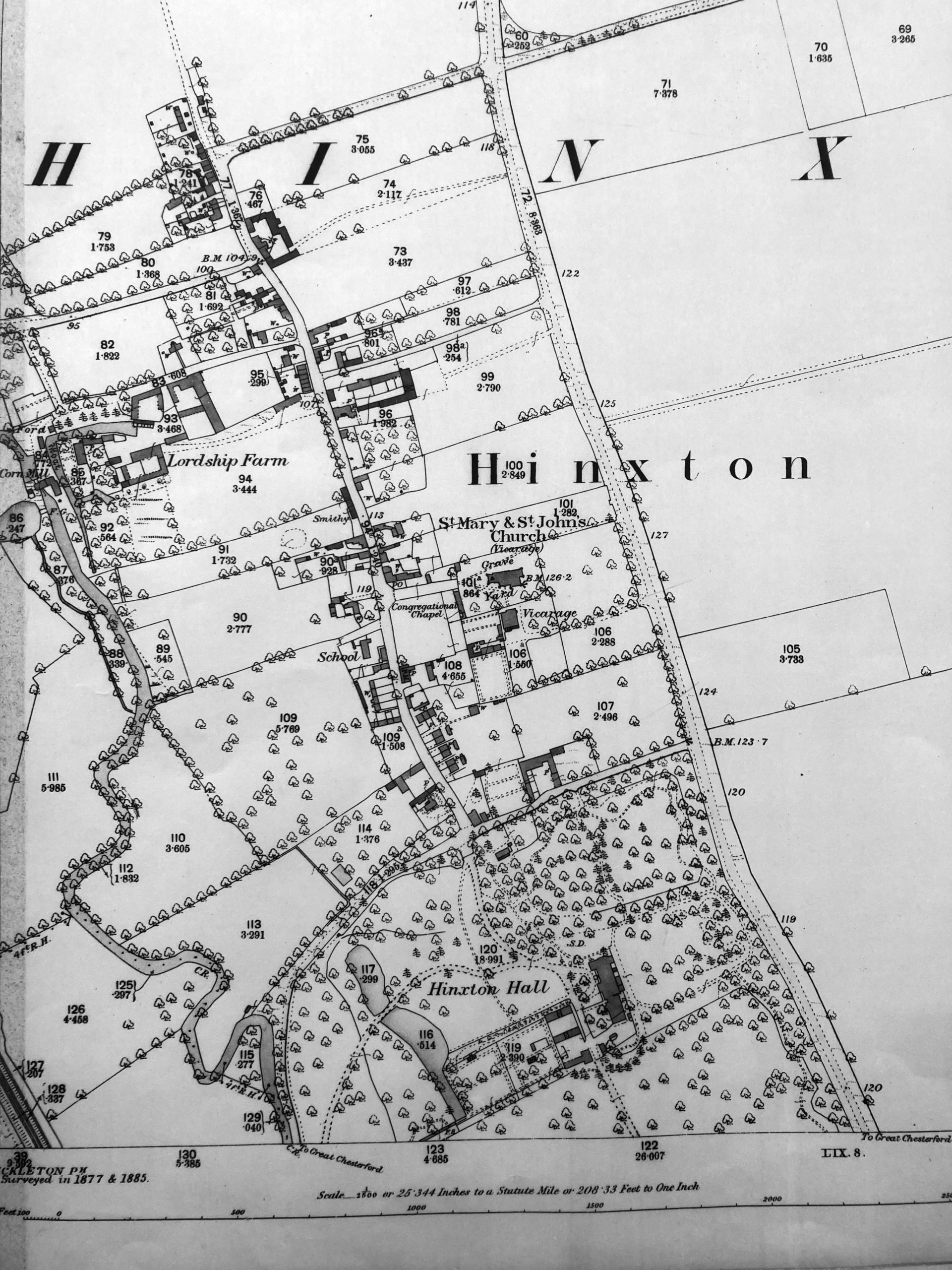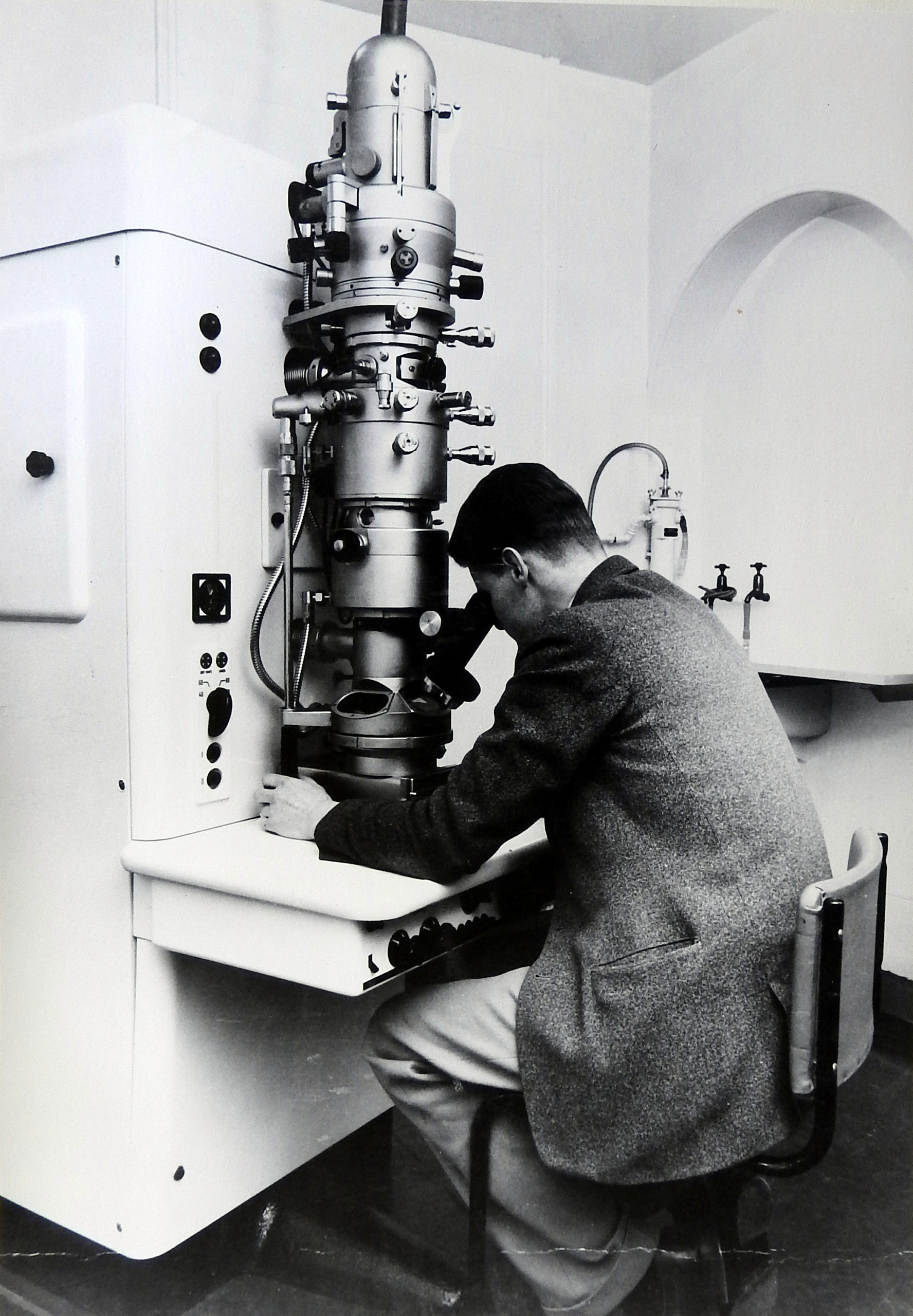Hinxton Hall Estate: Georgians, Jet Engines and Genes
September 15, 2021
Today, the Hinxton Hall estate in South Cambridgeshire is home to a world-leading centre of research, the Wellcome Genome Campus. Despite its long and fascinating past, we have documented very little of the Hall’s history until now. Over millennia, both the village of Hinxton and the Hinxton Hall estate have been part of a range of iconic events and critical movements.
The Hall’s 19th century residents recreated a corner of Pompeii within their parlour. During World War Two the majority of the mansion’s vast array of rooms were billeted for the women and men serving in the war effort. In the more recent past, the present occupants, the Wellcome Sanger Institute, mapped the human genome within these walls; and today our staff are tackling global health challenges such as COVID-19. Join us on our journey through time, explore the remarkable stories of people who have occupied Hinxton Hall Estate, and discover what can be achieved when you make space for innovation and human endeavour.
Exhibits





Stories
Life at the Hall
Who lived within these walls? What did they grow in the Walled Garden? How did a part of Pompeii end up in the parlour?
Working at the Hall
How do you test run a Raleigh Chopper bicycle on a country estate? What does a metalurgist's workshop look like? Where do scientists get their best ideas?
Discoveries at the Hall
What does it feel like to make history? Do the breakthrough moments make up for all the hard graft? How do we make space for innvovation in science?
Events
Hinxton Hall: Hidden Heritage and Home Grown Veg
The Hinxton Hall estate in South Cambridgeshire is home to a world-leading centre of research, the Wellcome Genome Campus. Also hidden within the 100 acres of parkland you will find some stunning 18th century architecture, painted Roman-style interiors, and a walled garden and orchard that hold centuries of stories.
Hinxton Hall: Engineering Our Future
Join us for talk two in the Hinxton Hall series
Hinxton Hall: DNA and Discovery
Join us for the final talk in the Hinxton Hall series
On the eve of the global pandemic Wellcome Connecting Science was embarking on commissioning Outside Studios and DragonLight Films to develop an exhibition and a series of films to be installed within the Hall for visitors to view and enjoy. Our team had just begun reaching out to local residents and members of the public, inviting contributions to the project when lockdown descended. Despite the challenges of the following 18 months we continued with our endeavours remotely. We have been moved and inspired by many of the incredible treasures, stories and memories people have generously shared with us. The online exhibition brings together our initial research with contributions from members of the public which begins to unearth some of the history behind the Hinxton Hall estate, and the people who have lived and worked within these walls. We hope to continue to build on this community repository of memories and historic moments, and welcome new additions as they find us.
As with all journeys through history, the more we discover, the more questions there are to answer. We feel we have only just started to get to know the people who lived and worked here, their communities and connections. Therefore, we will be building on this work in future by undertaking further detailed research into the life and times of the Hall’s residents and their place in social history.
This project would not have been possible without the support, dedication, time and expertise of the following people.
Wellcome Connecting Science project team: Ireena Dutta, Beth Elliott, Ciara Harper, Julian Rayner, Katrina Robinson, Sophia Tirelli-Hurst.
Hinxton Hall exhibition: Catherine Halcrow and Outside Studios, Colin Ramsay and DragonLight Films.
Sanger Institute contributors: Paul Bevan, Tracey-Jane Chillingworth, Carol Churcher, Catherine Dockree, Andy Gray, Simon Gregory, Nancy Holroyd, Sally Kay, Cordelia Langford, Jane Loveland, Rachel Nelson, Jason Skelton, Mike Stratton.
Contributors: Rosemary Breen, John Davenport, Peter Duncumb, Roy Ellis, The Fordham family, Bill Graham, Stuart Green, Peter Hiscocks, Millie Keeble, David Melford, Lavinia Robinson, Ros Smith, Virginia Walker.
Event contributors: Anjana Ahuja, Helen Carr, Jeffrey Barrett, Giorgio Bowler, Kate Bellingham, Max Brown, Peter Duncumb, Jeremy Farrar, Harriet Fear, Catherine Halcrow, Adrian Ibrahim, Cordelia Langford, David Melford, Tim Minshall, Siggi Nepp, Colin Ramsay, Julian Rayner, Mike Stratton, Twigs Way.
Research support: Colin Gale, Mike Petty, Virginia Walker, The Cambridgeshire Archives, The Cambridgeshire Collection, Laboratory Molecular Biology Archive, Historic England, Historic Environment Scotland, Imperial War Museum, Trinity Archives.
We would like to extend our thanks to all the Wellcome Genome Campus staff, members of the public, event panellists and the archives services who have supported the research.
Image credit: [EAW008054] Hinxton Hall © Historic England and gardens, Hinxton, 1947